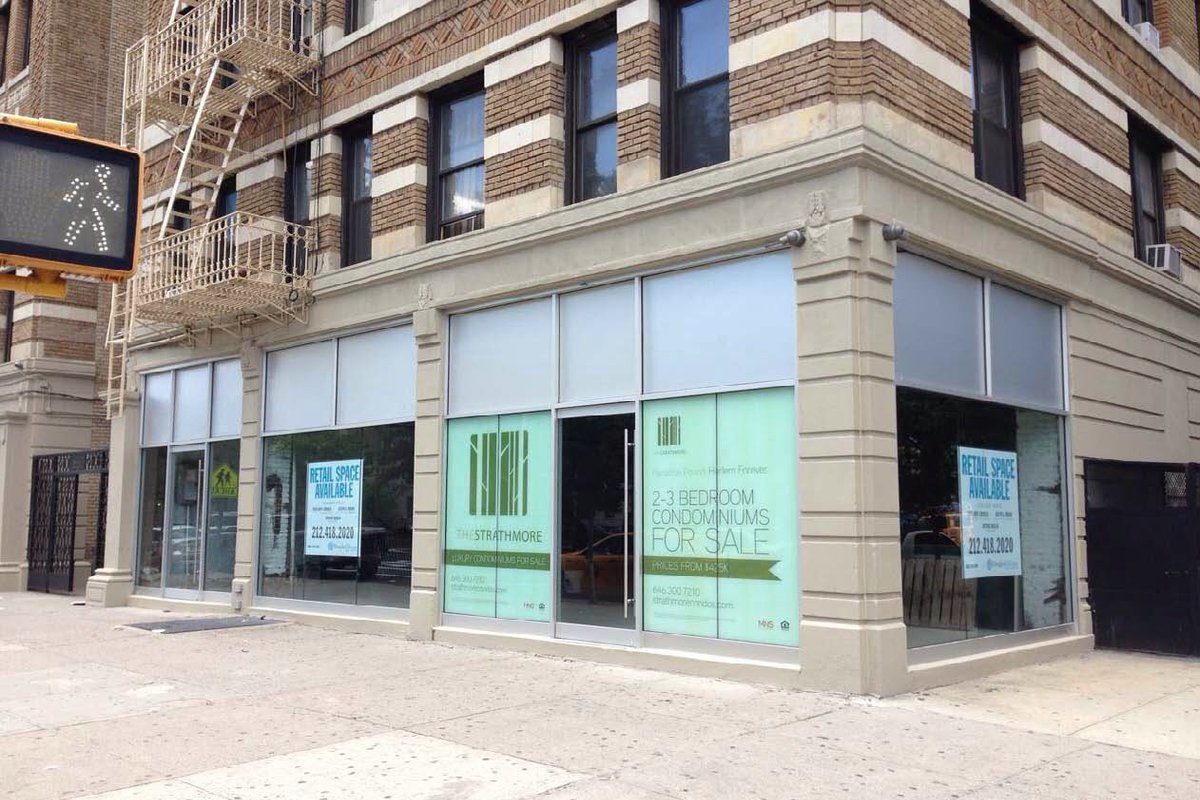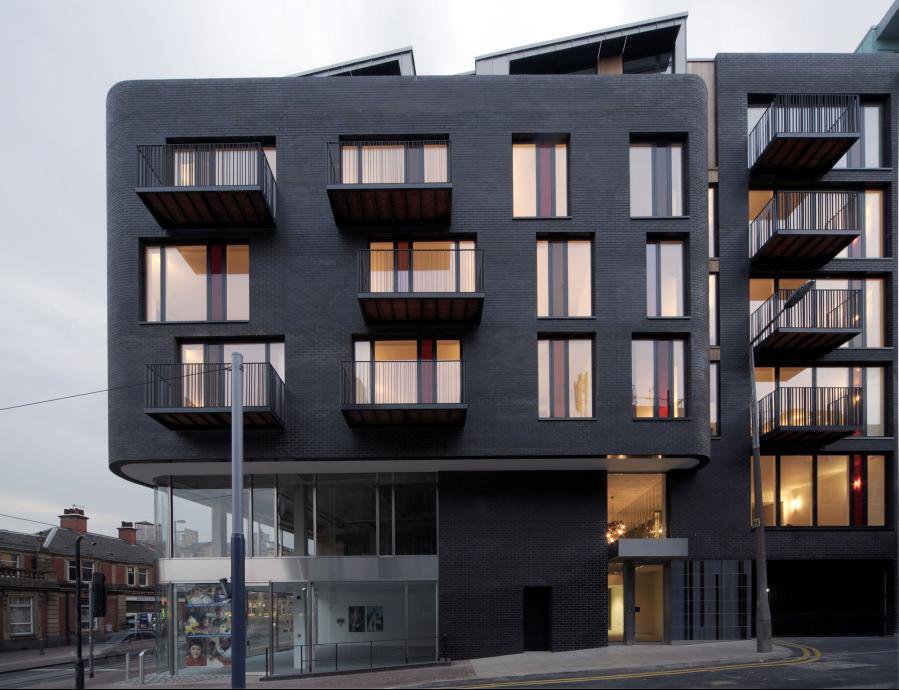Questioning planning orthodoxy is what we do and have always done.
Most housing developments we work on at HemingwayDesign have a “mixed use” element. “Mixed use”, in simple terms, means “a development that blends a combination of residential and commercial, cultural, leisure services, institutional, or industrial uses”. In terms of good urban design practice, in principle this thinking makes sense. Britain has seen enough of large scale edge of town housing developments devoid of any shops, leisure, services or local employment opportunities. However like everything, “mixed use thinking” shouldn’t be a “one size fits all” scenario.

Maybe it’s a lack of skills and a lack of resource within local authorities planning departments, but I keep seeing new residential developments that have far too many commercial units for the amount of incoming residents and too many for the existing community. Boarded up commercial units under apartments have become a common sight. The aspiration is always high with talk of delis or high end coffee shops, and this is fine – of course we should ensure that there is opportunity for the community to open businesses themselves. But show me the use of another 8 or so units in a new development of 150 apartments?
When there is over provision, the units often sit there until the retail blight of betting shops and crappy fried chicken take-aways take up the slack and the “dream” is then well and truly gone. So what is the answer?
Planners need to understand what “retail blight” looks like. Planners need to feel horror at their work resulting in a multiplying of betting shops and unhealthy eateries. And yes I know that many people will say that you shouldn’t try and stop people from doing what they enjoy. Try telling that to my mum when she was dying of lung cancer. If she could turn back the clock is was for the people to understand the dangers of smoking back in the 60s and 70s.

It can’t be beyond the planning community to come up with some new ideas. At a time of reduction in public sector employment and when home-working and small scale making and manufacturing continues to grow, there has to be ways to ensure flexibility of ground floor. The use of urban residential developments doesn’t just have to mean pure retail but should help to contribute to the shortage of homes and help with affordable, flexible workspaces as the need to supplement earnings and financially keep heads above water rises.